166 ☼ What I Learned Launching a Book Preorder
+ my favorite step in book printing: lithography!
Dear friends,
In this week’s newsletter: what went right (and wrong) with the NJV1 preorder, and a look at one of my favorite parts of the printing process: lithography!
Big thanks to everyone who’s helped spread the word about NOTICE Journal, Volume One—especially Pamplemousse Magazine, Neil Milton, Don Giannatti, Pastiche Magazine, and all of you who shared on social media. I’m so grateful! As an independent photographer and book publisher it makes all the difference.
If you haven’t had a chance to share yet, I’d love it if you did. There’s still a week left to take advantage of the early bird pricing. Thank you for the support.
Housekeeping
Process Photo Walks — Up next, Paris (Nov 10), and London (Nov 16). RSVP to reserve your spot. London’s walk is full but you can add yourself to the wait list.
Mentor Sessions — Mentoring is one of the most rewarding parts of my work. A few spots are still open for mid-November and early December. Prices go up in 2025, so if you’re considering booking a session, now’s the time. More info here.
A Week of Wins, Lessons, and a Little Frustration in Launching My Book
Last week, I launched the preorder for my new photo book NOTICE Journal, Volume One (NJV1), and, like any big project, there were moments that felt great and others… well, not so much. In the spirit of sharing what happens behind the scenes—the good, the tricky, and the unexpectedly complicated—today I’ll walk you through a bit of what it’s really been like.*
Before we dive in, a big thank you to everyone who preordered NJV1. The first orders came in from 18 different countries and I cannot wait for you to hold it in your hand. If you haven’t yet please consider it and take advantage of the €10 early bird discount. We ship worldwide.
Preorder Challenges: A Lesson in Patience (and Platform Limitations)
One of the biggest surprises was how unexpectedly complicated my Squarespace store setup turned out to be. I’d assumed the preorder process would be straightforward for everyone, especially since I hadn’t run into issues with previous launches like Process Workbook Volume One or the second print of NOTICE. But with more customers this time, the shop’s limitations quickly became clear.
🚨 Skip this next section if you’re not interested in the nitty gritty of running an online store.🚨
Here’s what happened: Squarespace requires setting a default country for shipping, which for me was the Netherlands. I didn’t realize that this choice meant shipping to the Netherlands would be the only option shown to all customers before they could add their address. See below.
This meant that for a lot of people, it looked like the book was only available to ship to the Netherlands. Once they put in their actual address, the other shipping options do pop up, but I can’t blame anyone for getting frustrated and clicking away before they figured that out. Sadly this led to a lot of abandoned orders, for no good real-life reason. Missed sales like this, for an independent art book, are brutal losses.
There’s no way to reorder the checkout steps in Squarespace, so I had to improvise a hacked-together fix with additional clarifying language. It’s now much clearer, but still not as elegant as I’d like it to be. I plan to switch platforms in the new year, but for now, I hope the checkout process is more clear—give it a try:
The final responsibility for all this lies with me, of course. Although Squarespace’s rigid checkout setup is frustrating, it’s on me for not catching the confusion sooner. I should have tested more scenarios to spot this earlier. Lesson learned!
The Next Step of Book Making: Lithography
On a brighter note, I’ve been deep in the creative side of the process, collaborating with my printer, robstolk. Last week, I had my first meeting with the lithographer to explore the best way to bring these images to life on paper. They use special, color-neutral lighting to ensure the prints are viewed in their true colors, unaffected by the tint or warmth of typical light sources. (See below)
If you’re unfamiliar with lithography, it’s essentially the art of transferring an image from a digital file to the printing plate in a way that’s both true to the original and suited to the particular quirks of ink on paper. It’s a huge part of creating a book that really represents the spirit of the work. This stage of printing is loaded with choices—everything from tone to contrast to the way the blacks and whites interact on the page. We are printing this book in duotone, which is a printing technique that uses two ink colors to add depth and richness to black-and-white images. You’d be amazed by how a small change in these settings can completely alter the feeling of an image.
There’s something so energizing about collaborating with people who care about their craft as much as robstolk’s team does. Every meeting feels like a learning opportunity, and we’re both invested in making sure every image is translated with intention. We’re considering a few different duotone options that will give the images a rich, layered quality that holds up to close inspection and still looks stunning from across the room. I’m excited to share these details with you because this process has been like a creative deep-dive that I didn’t know I needed. Choices will be made tomorrow!
Join the Preorder, Help Get The Word Out
If you haven’t yet, you can preorder the book before November 3rd to catch the €10 early bird discount. Worldwide, so if you’re outside the Netherlands, just make sure to enter your address fully, and the right options will appear. <3
I’d also love your help in getting the word out. If you know of any magazines, newsletters, podcasts, or YouTube channels—small or big—that might be interested in this project, please let me know. I’d be so grateful for any tips you might have.
It’s been such a rewarding process, and every day I’m finding something new to be grateful for—even if it’s a tech problem I wasn’t expecting! I hope you’re finding time to take photos of your own, to get out there and capture something that feels meaningful to you. That, after all, is why we’re all here.
NEXT WEEK: Shooting 101 portraits in Amsterdam’s top studio, tethered for the first time, on the Fujifilm GFX 100S. I resisted thethering for many years but I am now a convert!
Keep shooting and take good care of yourselves and others.
Wesley
PS Also available are the Process Work Book (free for members, €8.99 for non-members) and my photo book "NOTICE" (€39 for members with use of their Process Photo Club coupon, €69 for non-members).
PPS Every step of the making of NJV1 has been documented:
Step 1 ☼ Finding The Right Concept to Build a Book Around
Step 2 ☼ How To Select and Organize Your Images
Step 3 ☼ How To Sequence Your Images and Build a Narrative
Step 4 ☼ Designing A Layout (As A Non-Designer)
Step 5 + 6 ☼ How To Make A Photo Book Dummy + Revise/Edit
Step 7 ☼ How To Write and Use Text In Your Photo Book or Zine
Step 8 ☼ How To Make Smart Design Choices For Your Photo Book
Step 9 ☼ How To Design A Book Cover
Step 10 ☼ Choosing your printer and your materials
Step 11 ☼ Chosing your binding material
Gear & Tools Used
Camera: iPhone 12
Shout out to MPB.com, my go-to place to buy, sell, and trade used cameras and lenses. I love their service and am a paying customer. MPB caters to over 625,000 visual storytellers and provides a 6-month warranty. Thanks for the support, MPB! <3
Lab: All my analog work is developed and scanned by my friends at Carmencita Film Lab. They’re my favorite lab in the world. Use code “PROCESS” to get a free upgrade.
Thank you for reading. Process is the result of collaborative creativity. It’s written by me and supported by you—whether you read, share, comment, buy my books, hire me for portraits or mentoring, or become a paid subscriber and member of the Process Photo Club:
Can’t get enough Process? Browse the Process Archives.
Visit the Process Photo Club members area for perks and more.

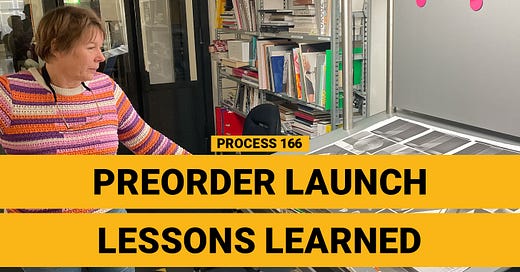

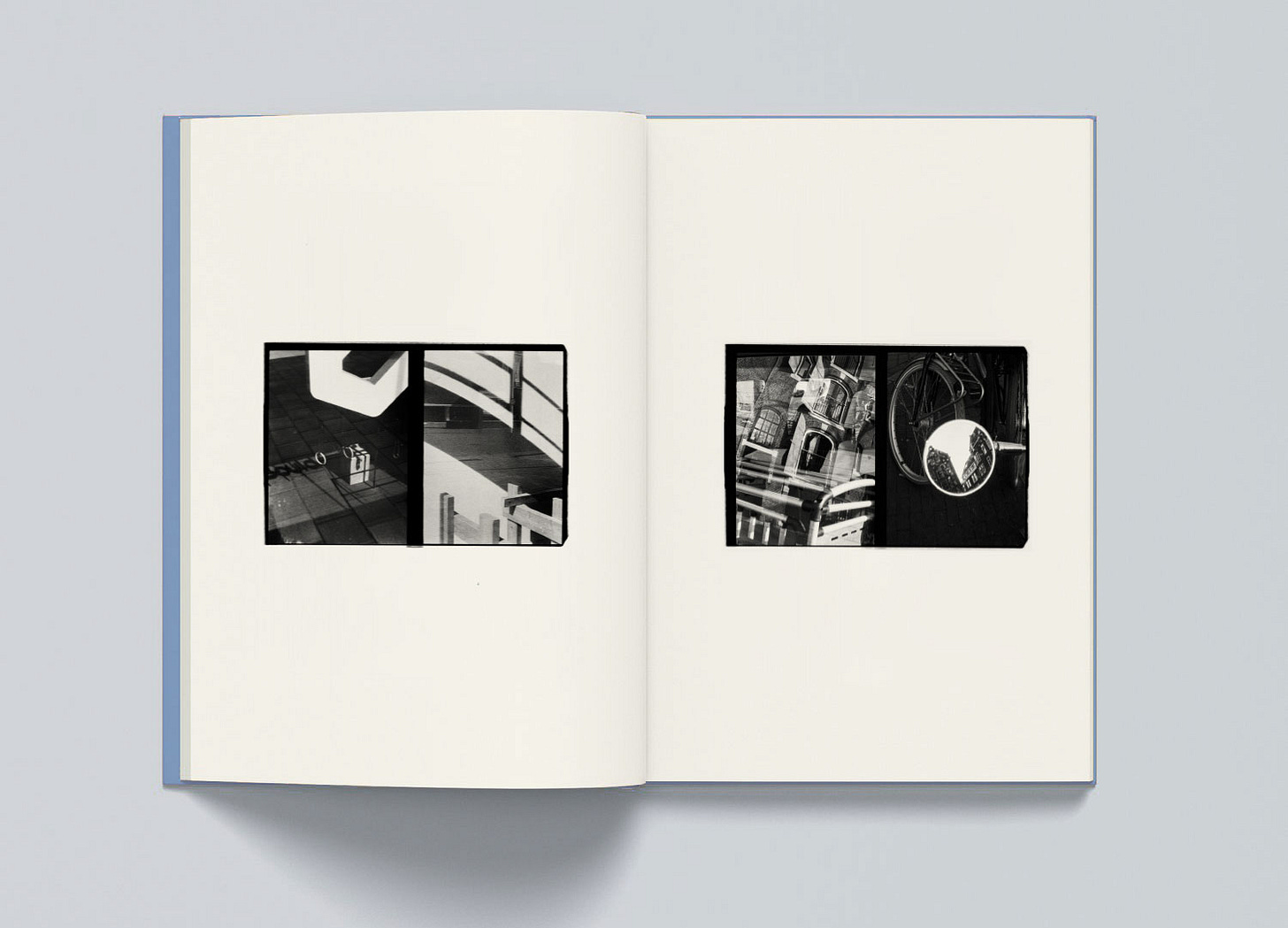

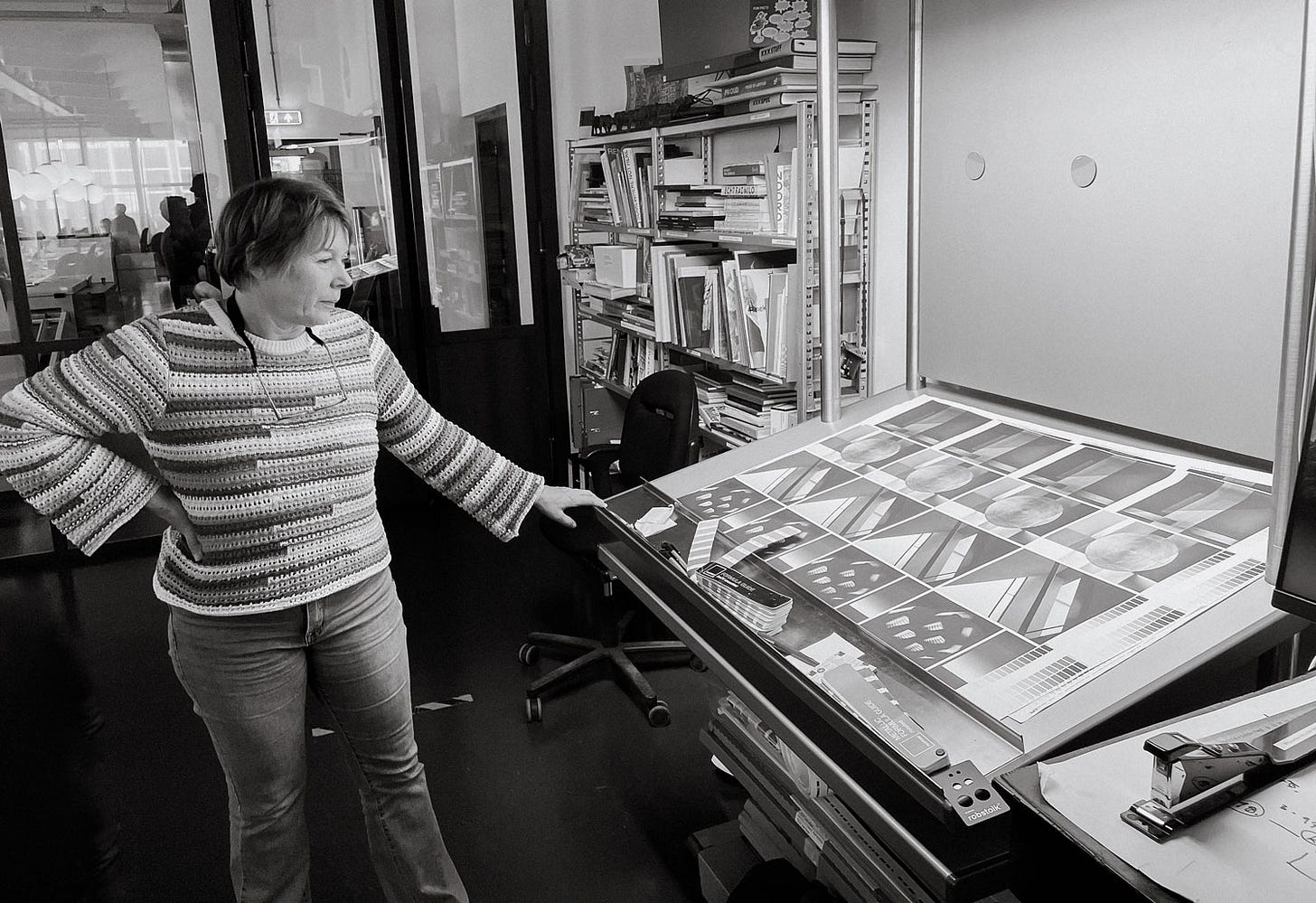


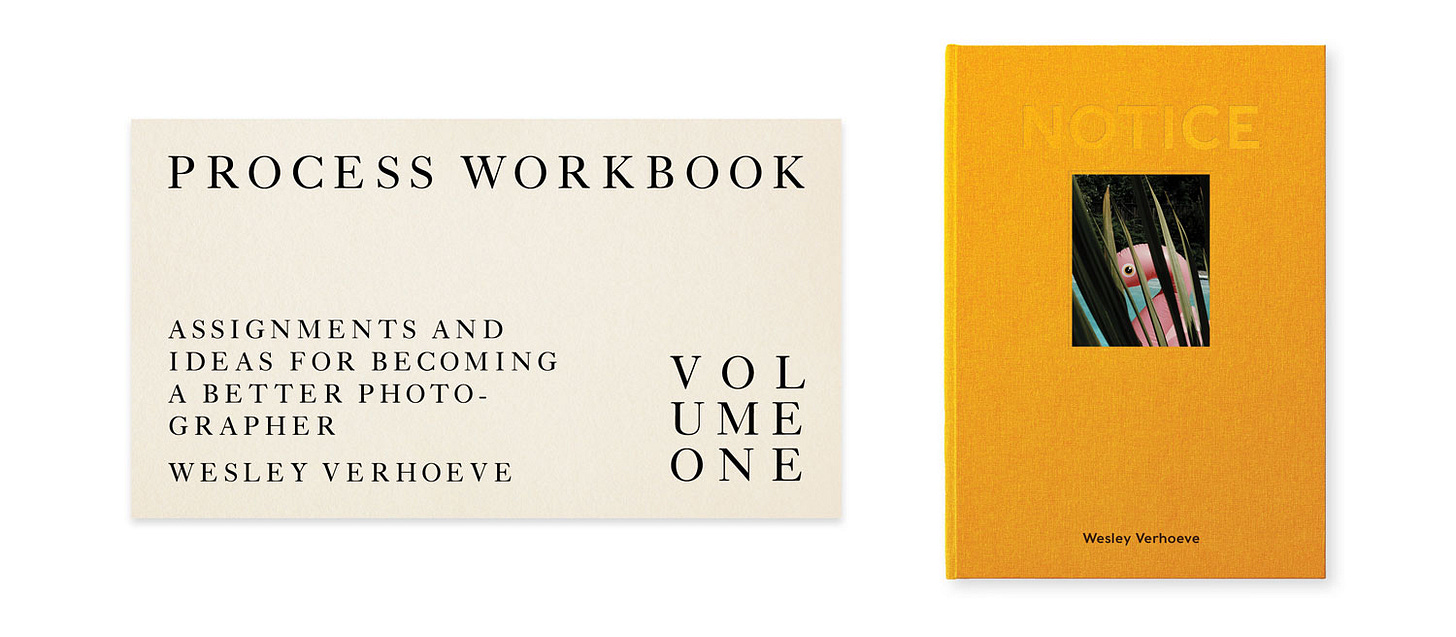
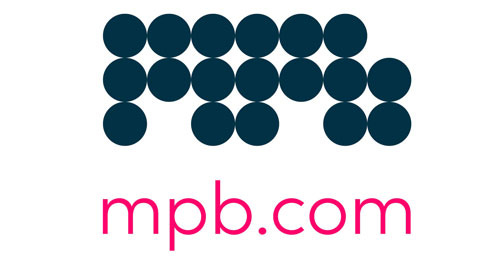

I had similar issues by helping an artists to set up his store too.
We ended up doing his shop on shopify.
Stuff happens😁. And you were quick to respond to issues. In the end, Artists do art, websites are a time suck, trying to find the right one, setting it up, maintaining it, etc. They all seem to sell us on ease of use, instant set up. Really, some tech head at SS should have figured that potential issue out before releasing it. Anyway, thank you for listening to me vent 😂. I have a feeling you will make up those lost sales Wesley!